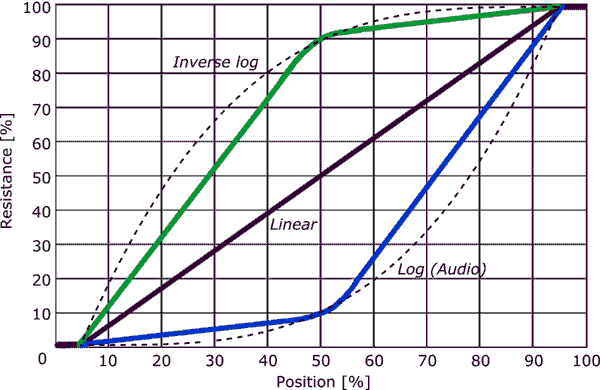From grailtone :
http://www.grailtone.com/forum/viewtopic.php?f=38&t=71525
Elpelotero said :
"These are the notes I typed down last year as I spoke to Mike B. when he was doing my amp...
C++ Mod:
• Many people confuse the ++ mod for different things:
o It’s not a Volume 1 mod, that is something else, wherein one of the front ¼” jacks are plugged up to be used as Volume knob for the dirty channel, giving the amp 2 true separate channel volume knobs and a master volume knob.
o It’s not an “R2” mod, to make it more akin to a Mark3, selectable via a push-pull knob. There are some factory C+’s done this way, as this was something Randy and Mike B. were doing almost as a prototype for the Mark3 (which has 3 channels). It basically gives a boost to the clean channel to give it some crunch, essentially turning a C+ into a 3 channel amp of sorts.
o It’s not a Bright Reduction mod, which is very common on Simul heads to help round them out.
o It’s not the Mark 3+ mod, either. This is a mod wherein a Mark3 has some of its specs changed to reflect a C+. It will sound very close, but not 100% like a real C+.
o
It is an extra Gain mod, wherein the Bass frequencies are cut out, and there are more upper mids put in. This allows you to dial the Bass and Mid knobs higher than normal (previously from 0 and 2 up to 3, 4, 5, etc). Having the EQ is essential if you do this mod, as it allows you to dial the bass back in that is being sucked out. On a Simul, some of the smooth rounded tone will disappear in favor of a more raw, hairy tone. It is not selectable via a push-pull pot or switch. Once it’s in, it’s in. However, Mike B. is able to remove it and bring the amp back to stock gain."


